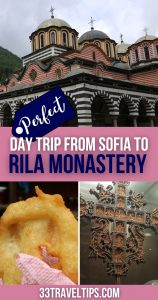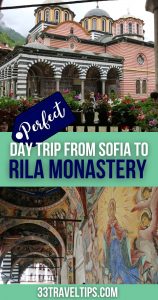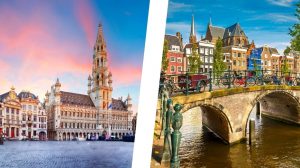
If you’re visiting Sofia, one of the best day tours you can do is to Bulgaria’s largest monastery.
The UNESCO World Heritage Site is the shiniest pearl in the Bulgarian crown of cultural landmarks.
You can do a day trip from Sofia to Rila Monastery either independently or by joining an organized tour.
This comprehensive guide will show you the most helpful tips and hacks on how to plan one of the best day trips from Sofia, so you can make the most of your visit.
Ready to explore?
Let’s go!
✅ Note: This article contains affiliate links. In case you purchase something through one of these links, we may receive a small commission at no extra cost to you. Thank you for helping us keep creating the free content on this website!
How to Get from Sofia to Rila Monastery
Rila Monastery is worth visiting for its fascinating history, jaw-dropping architecture, incredible frescoes, and breathtaking location in the heart of Rila Mountain. Explore the church for the priceless murals, the History Museum for the hidden treasures, and Hrelyo’s Tower for the heart-stopping vistas.
In the section below, you’ll find all available options for traveling between Sofia and Rila Monastery on a day trip. Trains don’t cover this route, so we won’t include them.
| Mode of Transport | Duration | Book via |
| Car | Around 1 hour 45 minutes (in each direction) | Discover Cars |
| Tour | Approximately 8 hours | Get Your Guide |
| Bus | Around 3 hours (in each direction), no direct bus | N/A |
| Train | N/A | N/A |
By Car
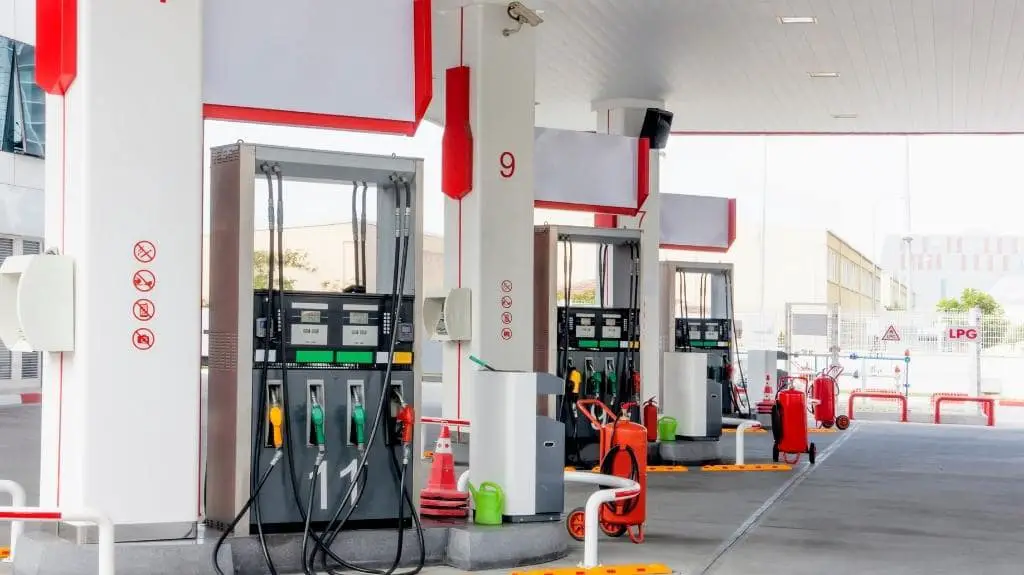
The fastest way to get to Rila Monastery from Sofia is by car.
Take highway E79 leading south from Bulgaria’s capital. After about 45 mi (72 km), exit the fast road.
Next, you’ll drive through quaint villages at the foot of the magnificent Rila Mountain.
Note that the windy road can become dangerous in winter and after heavy rains. Landslides have caused road blockages in the past.
You’ll reach Rila Monastery from the center of Sofia after approximately 1:45 hours.
If you don’t have a vehicle at your disposal, we recommend comparing prices and finding the best rental option from Discover Cars.
By Tour
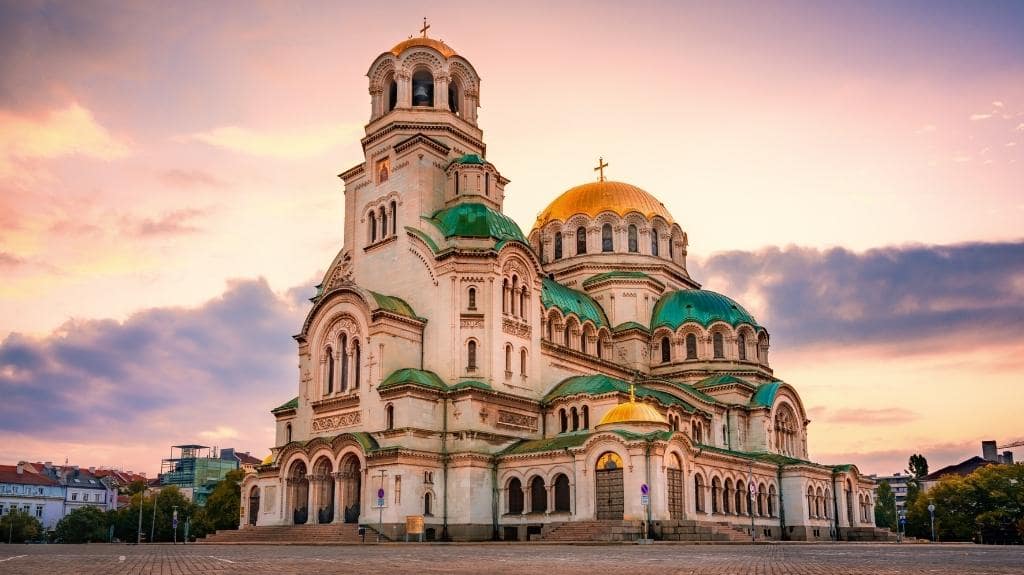
The most convenient way to travel between Sofia and Rila Monastery is on an organized tour.
Here are the main highlights of the trip to Bulgaria’s top landmark:
- The tour starts at 9:00 AM from Alexander Nevsky Cathedral, one of the attractions Sofia is best known for.
- In about 2 hours, you’ll reach the drop-dead gorgeous Rila Monastery.
- You’ll have between 2 and 4 hours to explore the holy place, devour a tasty lunch, and enjoy the surrounding Rila Mountains in the background.
- On the way back to Sofia, you’ll have a chance to visit one more UNESCO World Heritage Site, the fascinating 10th-century Boyana Church.
- You’ll end your tour around 5:00 PM at Alexander Nevsky Cathedral.
By Bus
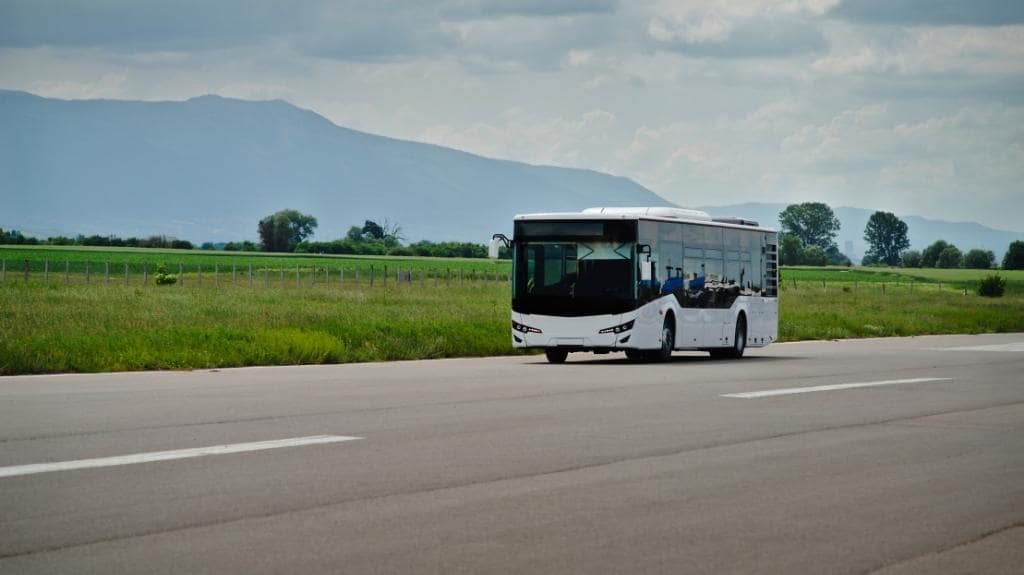
Visiting Rila Monastery on a day trip from Sofia by bus is possible and cheap but takes up too much time. That’s because there’s no direct line from the Bulgarian capital to the historic landmark.
Therefore, we only recommend this option if you’re traveling on a tight budget and have enough time to spend.
The best route is via Blagoevgrad. You’ll reach the Southern Bulgarian city by direct bus from Sofia. Then, you’ll need to change to a bus to Rila Monastery.
Here are all the details:
- The bus ride from Sofia to Blagoevgrad takes between 1:45 and 2:10 hours.
- The price of the ticket starts at 5.11 BGN ($2.60 / €2.61).
- Buses run every half to one hour, each day of the week.
- The first bus leaves Sofia at 6:40 AM. The last one is at 7:00 PM.
- The return ticket from Blagoevgrad to Sofia is a bit pricier, starting at 12.00 BGN ($6.12 / €6.15).
- The travel time is between 1:20 and 1:45 hours.
- The buses from Blagoevgrad run every day of the week, about 10-11 times per day.
- The first bus leaves Blagoevgrad at 6:30 AM. The last one is at 7:10 PM.
- The bus tickets from Blagoevgrad to Rila Monastery cost 3.00 BGN ($1.53 / €1.53) in each direction.
- On the way to the monastery, you’ll need to change buses in the town of Rila.
- The return bus goes directly from the monastery to Blagoevgrad.
- For the current timetable, consult this website.
- If you decide to travel slowly and spend a night in Blagoevgrad, we recommend these gorgeous boutique apartments in the pedestrian zone. This way, you’ll get the chance to explore the city’s fantastic Varosha (Old Town) as well.
Rila Monastery’s History
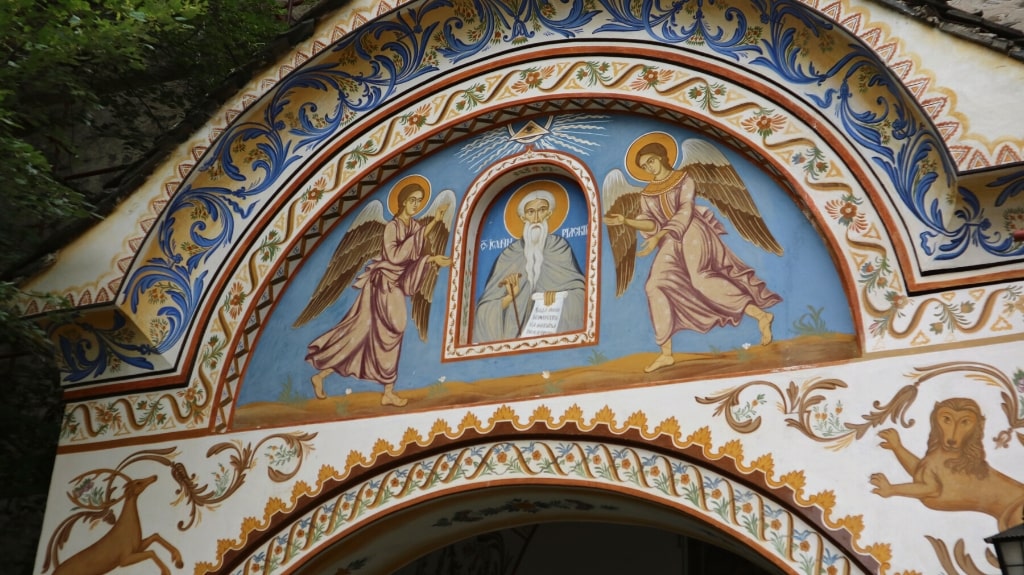
The Rila Monastery, nestled in the powerful hug of the highest mountain in the Balkans, has been an important cultural and educational center over the centuries. For many people, it’s Bulgaria’s holiest place.
In the 10th century, a hermit monk settled down in a cave at the foot of Rila Mountain. Disgusted by the political situation in medieval Bulgaria and the corruption of the church, he sought a place to practice his beliefs in peace.
People quickly realized the value of his wisdom. His followers rapidly grew in numbers. He was even revered as a saint while still alive, St. Ivan Rilski (St. John of Rila).
After St. Ivan Rilski passed away, his students founded the first Rila Monastery in his honor. The location was in the middle of a dense forest at 3,763 ft. (1,147 m) altitude about 2.5 mi (4 km) away from the monastery’s current position.
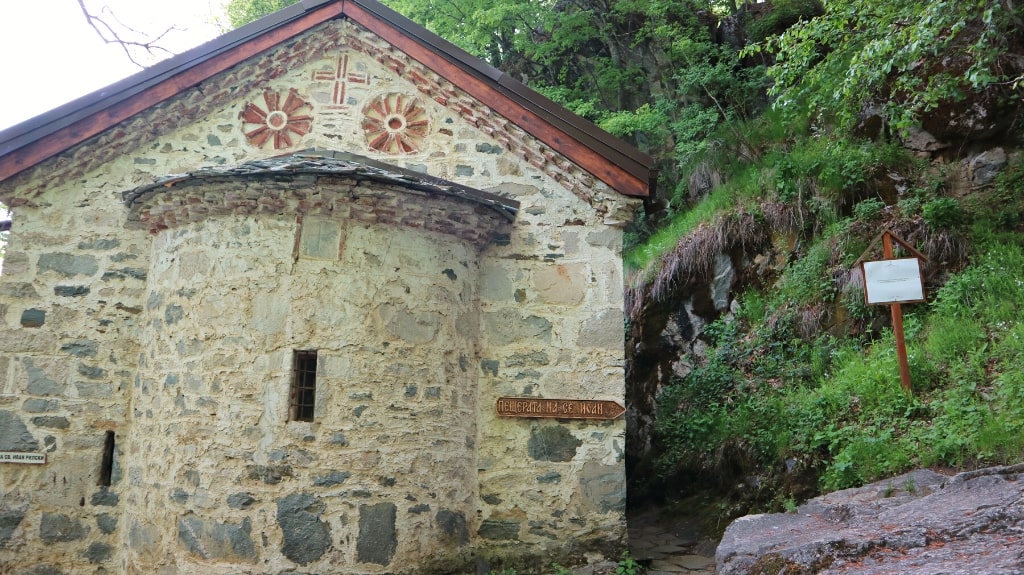
Throughout the years, the building was destroyed and robbed many times. Finally, in the 14th century, Rila Monastery was established at its present location.
During the National Revival Period(between the 18th and 19th centuries), the cloister transcended into the biggest educational and cultural center in the Bulgarian lands. Some of the most prominent educators of the time gained their wisdom in Rila Monastery.
In that period, the abbey’s library opened its gates to pilgrims. The number of monastery visitors increased, and so did the number of newly erected buildings. The whole area transformed into a huge complex, which was able to accommodate everyone who sought enlightenment in the holiest place in Bulgaria.
At that time, Bulgaria was a part of the Ottoman Empire. The ruling sultans issued official decrees, which allowed the Eastern Orthodox monastery to function undisturbed. The monastery played a crucial role in keeping Christianity alive and sparking the upcoming fights for liberation.
What to See and Do at the Rila Monastery

Now that we’ve covered the essentials, let’s dive into the exciting bits! In this section, you’ll discover the spots you mustn’t miss during your visit to the Rila Monastery.
The Nativity of the Virgin Mary Church
The construction of the imposing church in the middle of Rila Monastery’s courtyard began in 1835. The most renowned masons of the century arrived to construct the edifice, which incorporates medieval elements and Baroque spatial principles.
The most distinguishable feature of The Nativity of Virgin Mary Church is the stunning frescoes. The most prominent Bulgarian hagiographers of the 19th century – Zahari Zograf, Dimitar Zograf, and Stanislav Dospevski – painted the masterpieces you can see today.

Elaborate biblical scenes and depictions of the lives of saints and martyrs cover the church’s interior walls, the ceilings, and the façades under the arcades.
It took the skilled woodcarvers three years to create the central iconostasis. The result is unrivaled in its size and composition. The iconostasis features carvings, which resemble three-dimensional sculptures.
Hrelyo’s Tower, the Oldest Surviving Building of Rila Monastery
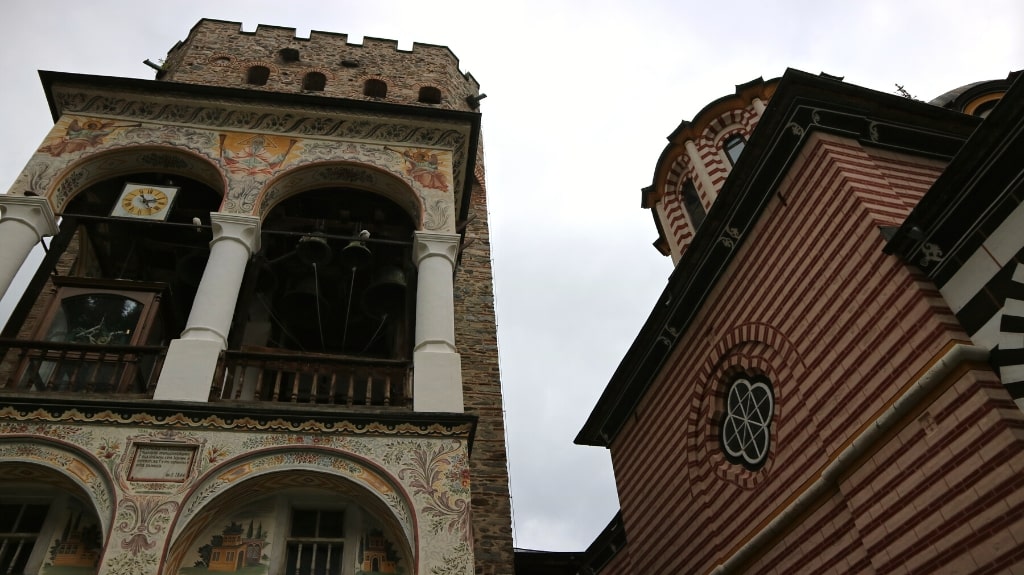
In 1335, the local governor Hrelyo helped construct the monastery’s tower.
Later named after him, the 75-ft. (23-m) high construction served as both a residential and defending structure. The top floor hosts a small chapel with magnificent frescoes.
Climbing the steep, narrow stairs is a challenging exercise.
However, the rewarding views of Rila Monastery’s arcades, the church’s domes, and the peaks of Rila Mountain are more breathtaking than the steps.
The History Museum, Keeping the Treasures of Rila Monastery
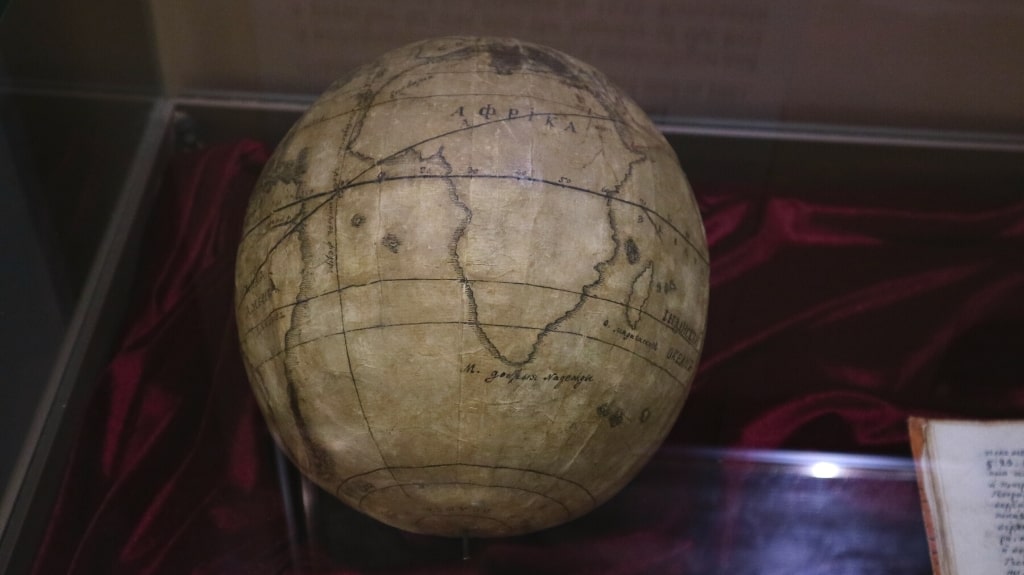
Rila Monastery’s History Museum boasts several priceless collections.
The items trace the evolution of the monastery and show its cultural, educational, and spiritual importance through the centuries.
On display, you can see numerous books, chalices, crosses, icons, and certificates, as well as gifts from pilgrims, politicians, and religious leaders.
Other magnificent items on display feature:
- The original wooden door of Hrelyo’s Tower.
- Certificates from sultans, confirming the independence of the monastery.
- Icons from the 14th and 15th centuries.
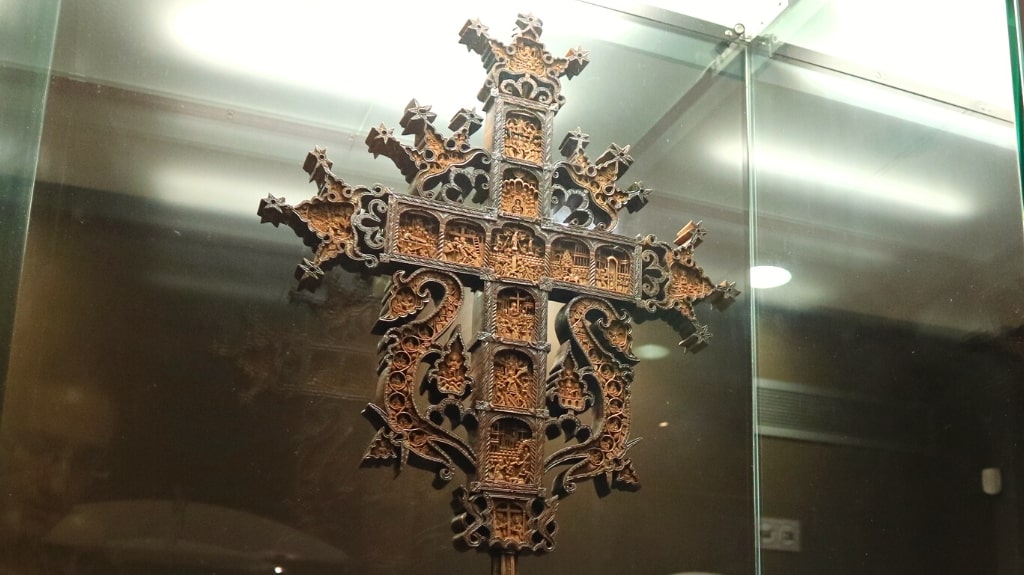
After you’ve marveled at the other priceless treasures of the museum, check out what we believe is the highlight of the exhibition – Rafael’s cross.
Named after the monk who carved it, the cross measures 31.5 in (80 cm) by 16.5 in (42 cm). The unique wooden masterpiece contains a whopping 600 figures, grouped in 36 biblical scenes.
It took Rafael 12 years to complete his elaborate work, which unfortunately came at a high cost – his eyesight.
The Icon Gallery

Rila Monastery’s icon gallery displays 80 Orthodox icons. They were painted in the 18th and 19th centuries. Some of them were gifts from Greek monasteries.
Besides the magnificent icons, you can admire 28 portraits of the abbots of the monastery. In the period from 1860 to 2005, the head of the monastery changed quite often. Since the 2000s, the elected abbot has remained the same.
The Ethnographic Museum and the Guest Rooms
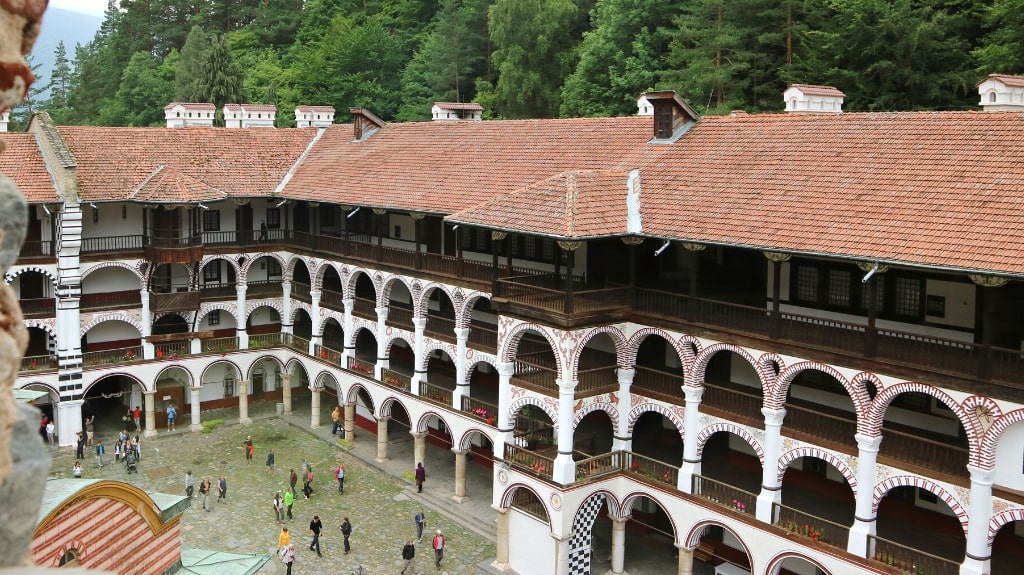
The only way to walk the terraces of the Rila Monastery is to visit the ethnographic museum and the guest rooms.
The museum’s exposition showcases costumes and jewelry from the 18th and 19th centuries.
In that period, merchants from several Bulgarian settlements had their own premises. They used the chambers during their stays in the monastery. The merchants also furnished and maintained the guest rooms in the spirit of their native towns.
Nowadays, you can see the well-preserved Koprivshtitsa, Teteven, Chirpan, Kyustendil, and Gabrovo guest quarters. Authentic furniture, as well as decorative, woodcarving ornamentations, adorn the spaces.
The Monastery Kitchen
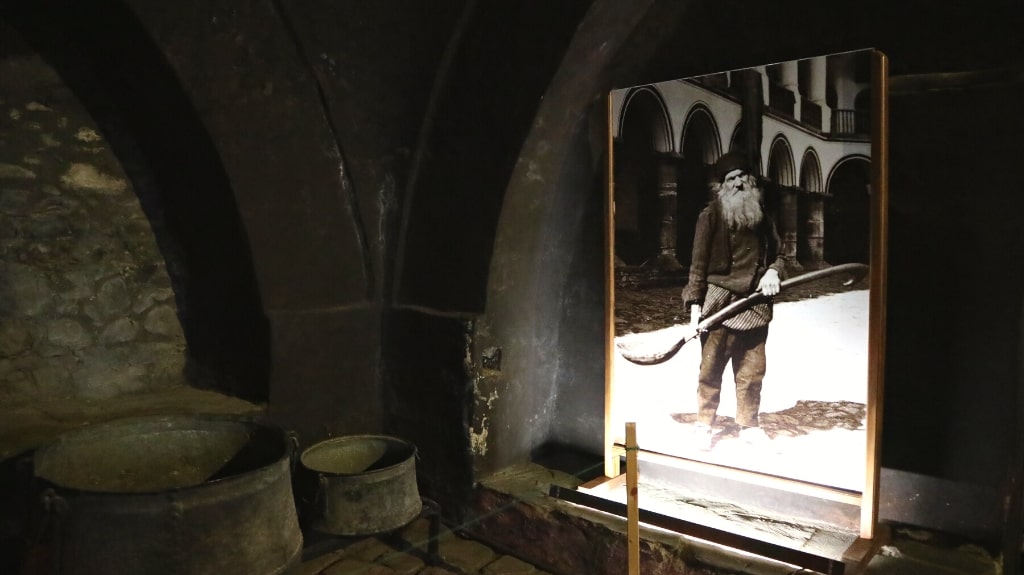
The monastery’s kitchen is a staggering architectural achievement that impresses with its proportions.
An 82-ft. (25-m) high chimney ensures the smoke from the gigantic facility can escape without suffocating the cooks.
The oven is so big it might be able to fit a whole tourist bus inside.
And the enormous pots and spoons serve as a reminder of the countless pilgrims who visited the monastery throughout the centuries.
The Historic Bakery
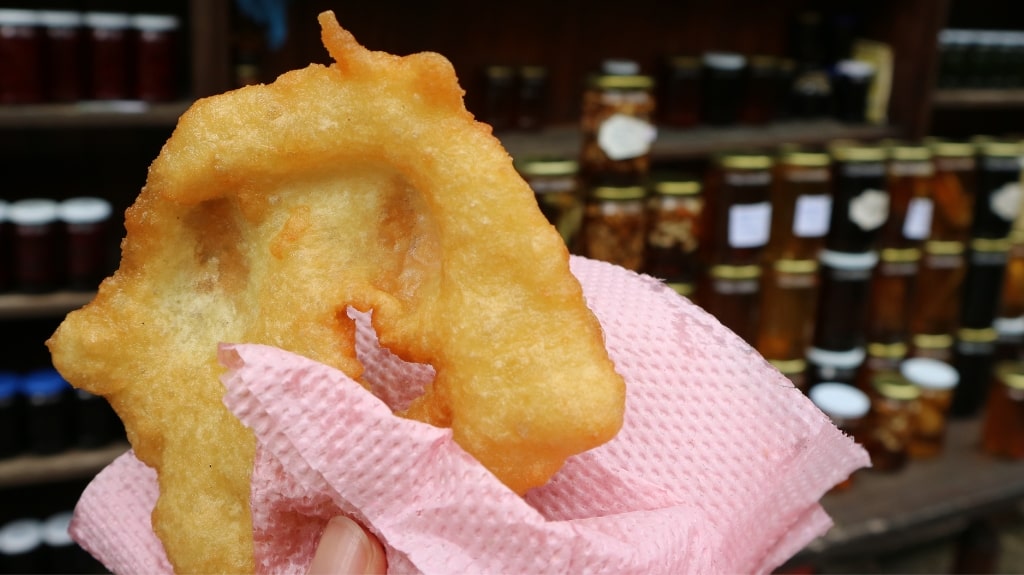
The monastery kitchen is no longer operational. However, just outside the monastery walls, you’ll find the historic bakery. It was established in 1866.
Don’t leave the Rila Monastery without trying its legendary Bulgarian snack, called mekitsi.
The deep-fried dough melts in your mouth and is a great source of much-needed calories after the exhausting visit to the largest Bulgarian cloister.
Other Things to Do Around Rila Monastery

- Visit the Stob Pyramids. The majestic sandstone natural creations are located near the village Stob. Rising up to 39 ft. (12 m), you can spot them from the road. Be careful if visiting after a rain. The ground becomes slippery making it dangerous to climb to the pyramids.
- Stop at Orlitsa Nunnery. Before you reach Rila Monastery, you can pay a visit to Orlitsa Nunnery. The nunnery’s church was built in 1469 and keeps the relics of St. Ivan Rilski.
- Taste Bulgarian delicacies at traditional restaurants. Several establishments along the way to the Rila Monastery offer freshly prepared Bulgarian dishes. Our recommendation is Gorchim. The fresh trout – grilled or fried – is to die for.
- Try organic honey. You’ll see colorful beehives scattered at the foot of Rila Mountain. The beekeepers sell organic honey directly in front of their houses. Taste the healthy elixir of the gods before deciding which sort to buy.
- Buy typical Bulgarian clay pots. Another vibrant sight by the side of the road is the piles of traditional clay pots. They are not just great travel souvenirs but also indispensable in the kitchen when preparing delicious Bulgarian dishes.
Travel Tips for Visiting Rila Monastery on a Day Trip from Sofia

In this section, we’ve gathered several tips to help you plan your visit to Rila Monastery from Sofia.
Opening Hours of Rila Monastery and Its Museums
Since Rila Monastery is an active place of worship, note the masses’ schedule:
- Monday to Saturday: 6:30 AM and 5:00 PM.
- Sunday and holidays: 8:00 AM and 5:00 PM.
The service is held in the main church, except during the winter months. The monastery chapel “Nativity of the Christ” at the monastery bookshop hosts the worshippers in winter.
The opening times of the museums, the icon gallery, the tower, and the kitchen are as follows:
- Between 8:30 AM and 7:30 PM (from June 1 to September 30).
- Between 8:30 AM and 4:30 PM (from October 1 to May 31).
Entrance Tickets for the Museums

You can visit Rila Monastery’s courtyard and the Church of the Nativity of the Virgin Mary free of charge. For the other facilities, find all the information you need below:
- The adult ticket prices for Hrelyo’s Tower, the History Museum, the Ethnographic Museum, the Icon Gallery, and the kitchen are 5.00 BGN ($2.75 / €2.55) for each attraction.
- The reduced fee for students and seniors is 2.00 BGN ($1.10 / €1.00).
- You can buy separate tickets for the attractions you want to visit or a combined ticket for all of them at the entrance of the History Museum.
Food and Drinks at Rila Monastery

Here’s what you should know about the food and drink options in the monastery:
- Eating and smoking within the monastery walls are forbidden.
- Several fountains in and around Rila Monastery will satisfy your thirst with clear, refreshing mountain water.
- Outside the Rila Monastery walls, you’ll find the historical bakery. Try the delectable mekitsi.
- Next to the bakery, two restaurants also offer food. Their opening times are unknown and when they’re open, it’s hard to find a table there.
- We recommend either packing your lunch or eating at one of the cozy restaurants along the way. Naddya’s favorite is Gorchim at the entrance of Pastra village.
Now You Know How to Have the Perfect Day Trip from Sofia to Rila Monastery
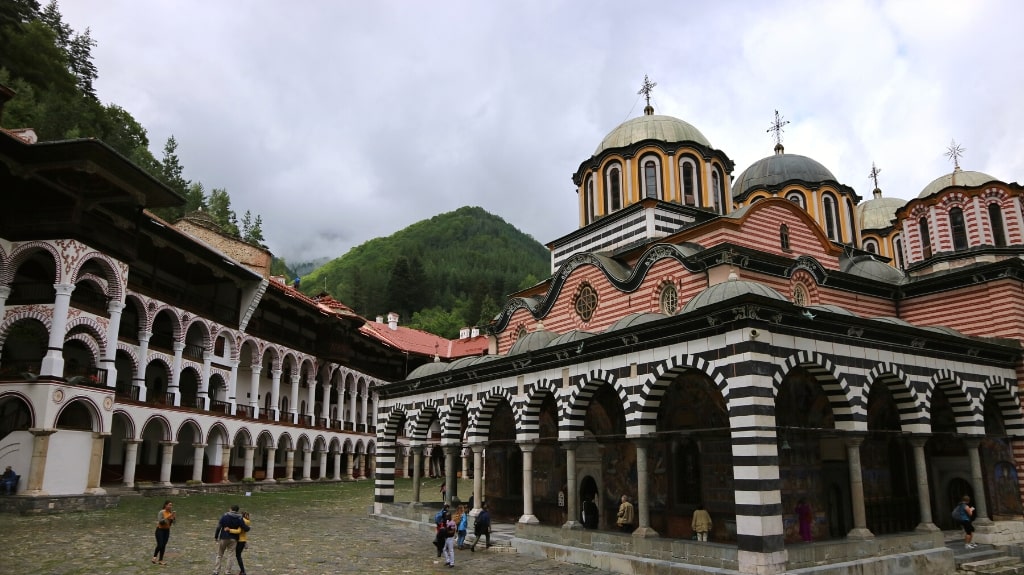
Now you know how to plan the perfect day trip from Sofia to Rila Monastery.
Bulgaria’s largest and most visited landmark outside the capital is a gem like no other.
Besides with its stunning architecture, mind-blowing frescoes, and gorgeous surroundings, the heritage site will spellbind you with the enormous role it played in the country’s history, education, religion, and culture.
Rila Monastery is easily accessible, which makes it perfect for a day trip from Sofia. Make the most of your journey by departing early and planning your activities in advance.
Before you go, share with us:
Have you ever visited such an impressive heritage site before?

